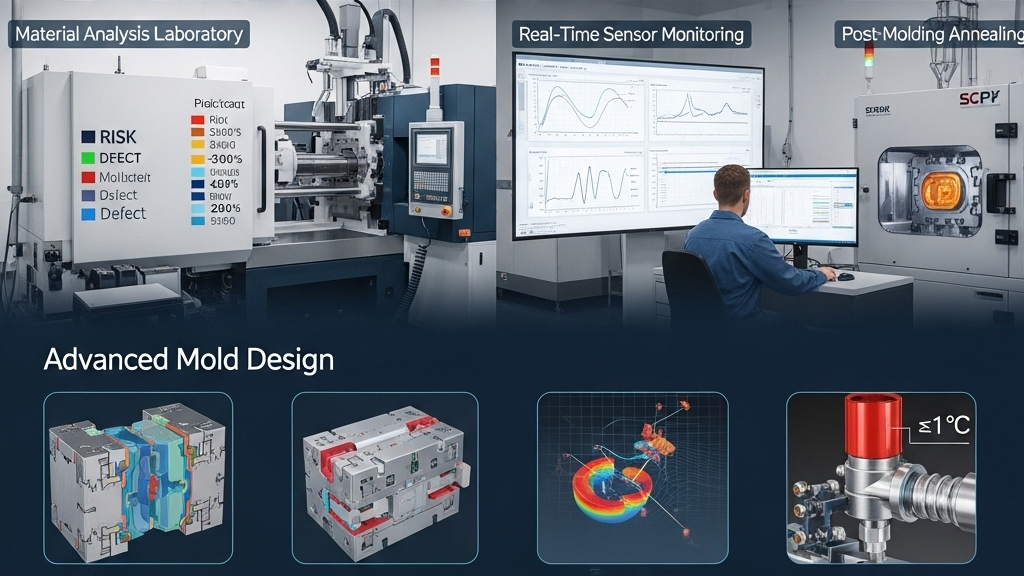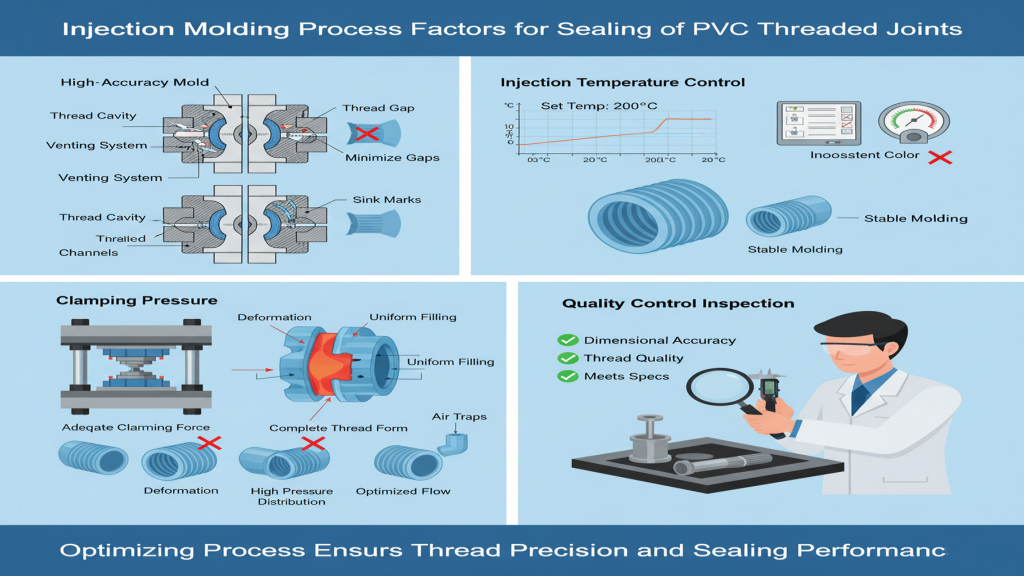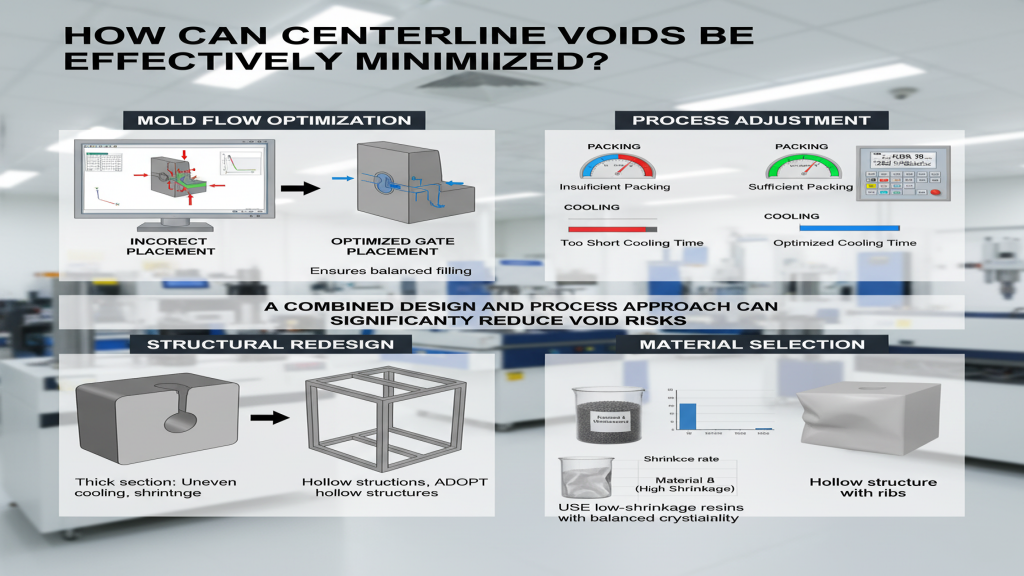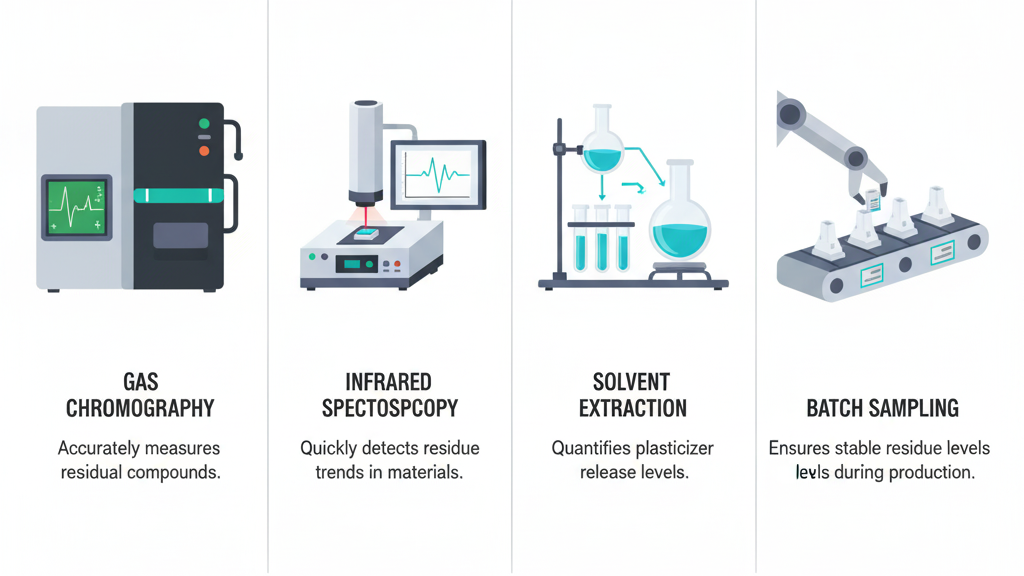
Fused Deposition Modeling (FDM) 3D printing widely uses ABS plastic. The diameter tolerance of ABS filament, that is, the deviation between the actual diameter and the nominal value, is crucial to printing quality. Minor diameter deviations can trigger a chain reaction, affecting model accuracy and surface quality, and even leading to printing failures. Therefore, studying the impact of ABS diameter tolerance on printing quality is of great significance for improving printing success rate and finished product quality.
We will focus on key aspects such as extrusion volume control, layer adhesion, and model dimensional accuracy to deeply analyze the specific impact mechanism of ABS filament diameter tolerance. Understanding these influencing factors will help us recognize the necessity of controlling filament diameter tolerance.
How is ABS diameter tolerance generated?

The diameter tolerance of ABS plastic filament stems from various factors in the manufacturing process, and precise control of these factors is key to ensuring filament quality. Industrial standards typically have clear regulations on the diameter tolerance of ABS 3D printing filament to ensure the stability of the printing process and the accuracy of the final product.
- Production Process Fluctuations: Parameter fluctuations during the extrusion process are a major cause of ABS diameter tolerance.
- Material Property Effects: Differences in thermal expansion and contraction and flow characteristics of ABS material can affect the filament diameter.
- Environmental Factor Interference: Unstable environmental conditions can indirectly lead to changes in ABS filament dimensions.
- Industry Standards and Common Ranges: High-quality ABS tolerance is typically within ±0.05 mm, with common diameters of 1.75 mm and 2.85/3.0 mm.
How does tolerance deviation affect extrusion volume?

The extrusion system of an FDM printer relies on the precise filament diameter to calculate and control the extrusion volume. Deviations in the actual diameter of the ABS filament from the nominal diameter, whether too large or too small, directly disrupt the printer's inherent calculation of extrusion volume, resulting in differences between the actual extrusion volume and the expected value.
- Actual Volume Does Not Match Set Volume: Diameter deviations cause the actual extruded volume to deviate from the printer's settings.
- Extrusion Speed and Flow Rate Control Disruption: Diameter deviations disrupt the printer's speed and flow rate control logic.
- Filament Cross-Sectional Area Calculation Errors: Diameter deviations cause the printer to miscalculate the cross-sectional area of the filament, affecting the extrusion volume.
- Software Algorithm Compensation Failure: Unstable diameter tolerances weaken the effectiveness of software extrusion compensation algorithms.
How do changes in extrusion volume affect printing quality?

Minor variations in extrusion volume are a key factor affecting the quality of 3D printed finished products. Whether it is excessive material build-up or insufficient material filling, both will leave traces during the printing process, directly reflected in the bonding strength between layers, the smoothness of the model surface, and the dimensional accuracy of the final product.
- Layer Adhesion: Insufficient or excessive extrusion volume can lead to poor layer adhesion.
- Surface Quality: Insufficient extrusion volume creates gaps, while excessive extrusion volume leads to a rough and uneven surface.
- Dimensional Accuracy: Insufficient extrusion volume causes the dimensions to be smaller than intended, while excessive extrusion volume causes the dimensions to be larger than intended.
- Internal Structure Filling: Insufficient or excessive extrusion volume will affect the quality and accuracy of internal filling.
Correlation analysis of key indicators
| Molecular Structure Feature | Key Aspect Affecting Diameter Tolerance | Brief Mechanism |
|---|---|---|
| Monomer Ratio | Melt Flow & Thermal Expansion | Affects material softness and dimensional stability during melting and cooling. |
| Molecular Weight Distribution | Melt Flow Uniformity | Narrow distribution = stable flow & diameter; broad = unstable. |
| Phase Separation Structure | Melt Rheological Behavior | Uniform phase = stable flow; uneven = easy deformation. |
| Additives and Modifiers | Material Melting & Cooling Properties | Alters material flow and shrinkage, indirectly affects diameter. |
| Molecular Chain Regularity | Material Crystallization & Melt Temp | Influences material behavior during extrusion and final dimensions. |
| Impurity Content | Melt Properties & Uniformity | Affects extrusion stability, leads to diameter fluctuations. |
| Production Thermal History | Material Rheological Properties | Alters material flow, impacts extrusion control. |
| Cooling Rate | Internal Stress & Dimensions | Affects cooling shrinkage and deformation, leads to diameter changes. |
Selecting ABS Filament with Appropriate Diameter Tolerance
In practical 3D printing, selecting ABS filament with an appropriate diameter tolerance is crucial to ensure high-quality printing results. Through comprehensive consideration and verification, printing quality issues caused by filament diameter deviations can be minimized, resulting in more precise and reliable 3D printed finished products.
1.Review Technical Specifications: Carefully read the filament specifications, pay attention to, and select ABS filament with a small diameter tolerance.
2.Physical Measurement Verification: Use precision tools to measure the filament diameter at multiple points, ensuring that it is within the tolerance range and uniform.
3.Refer to User Reviews: Consult other users' experiences and community feedback to understand the actual performance of the filament.
4.Conduct Small-Scale Testing: Verify the extrusion stability and dimensional accuracy of the filament through small-scale printing tests.
Conclusion
The diameter tolerance of ABS filament is critical for FDM printing. Minor deviations, originating from manufacturing and other factors, directly affect the extrusion volume. Variations in extrusion volume further impact layer adhesion, surface quality, and dimensional accuracy. Therefore, selecting ABS filament with an appropriate diameter tolerance is key to ensuring high-quality prints.
For expert assistance in implementing for your production needs, visit our resource center or contact us. Let’s help you scale up your manufacturing with precision and efficiency!







